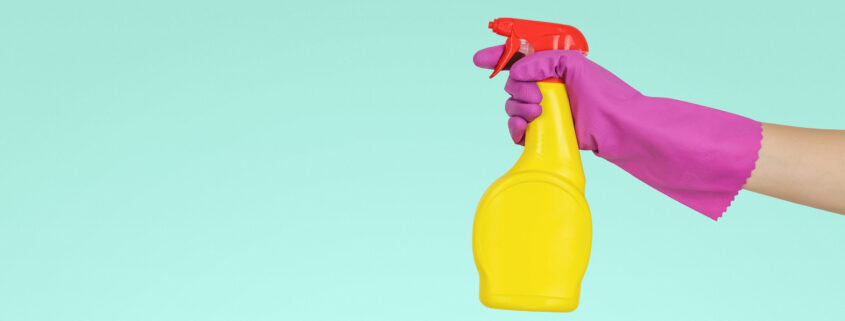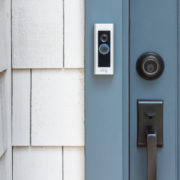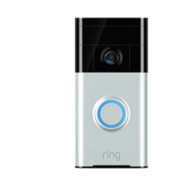How to Safely Clean Your Outdoor Security Cameras
If you have outdoor cameras, they can expose crimes, but in the process, they are exposed to nature. Installing your cameras under the eaves of your home can help protect them from birds, but they will still be subject to spiders, rain, snow, mud, that polluted precipitation that is a cocktail of rain or snow and smog, and more. Because of this, you’re going to encounter times when the cameras are dirty enough that it affects the image quality of the footage. When this happens, you’ll need to clean your cameras. Some recommend a consistent cleaning schedule as a better way of ensuring a long lifespan for your cameras rather than just occasional spot cleaning. Recommendations typically range from once a month to twice a year with spot cleaning as needed. Whatever you decide is the best schedule for you, you will want to clean your cameras in a safe manner that won’t damage them.
1. Don’t Add to the Statistics
Each year, there are more than 160,000 injuries from ladder falls in the US. Of the 300 ladder-related deaths, the majority are from falls of ten feet or fewer. Since most security cameras are positioned high enough that you’ll likely need to pull out a ladder to clean them, use proper ladder safely when cleaning your cameras so you don’t add to the statistics.
2. Check the Manual or Manufacturer’s Website for Special Instructions
For most cameras, you will be safe to proceed with the rest of the instructions in this guide, but some cameras require special care to prevent damage during cleaning. Tracking down a manual or sifting through a website may add a few extra minutes to the process, but it will be minutes well-spent, especially if you find your cameras have special care instructions.
3. Evict Spiders
If you have dome cameras, spiders are less likely to be an issue. These don’t have good supports for web building. If you have bullet cameras, spiders will love your cameras. They give spiders a sturdy base to build a home and a good tool for their hunt. Most outdoor cameras emit infrared light, which bugs are drawn to. As a result, many spiders have learned to build their webs in front of security cameras. Drawn to the infrared light, the bugs will fly right into the spider’s trap.
It’s a great survival strategy for the spiders, but it’s less convenient for you. Webs can block the view of the cameras and can trigger false alerts with motion-activated cameras. By regularly cleaning your cameras, you teach spiders that it’s not a safe place to build their webs, and chances are, you’ll see fewer webs going forward.
When you need to clean off webs, you probably don’t want to come in contact with them. If you’re the kind of person who doesn’t care about getting dirty, you can take care of all the webs from up close, but if you’d rather not, you can start by using a broom to sweep the webs off the base of the camera. Do not sweep over the lenses. If there are any webs on the lenses, you’ll have to get up close and wipe these off with a microfiber cloth.
4. Disassemble as Needed
If you have dome cameras, you will need to remove the dome before you will be able to clean the camera. Each brand will be different, so you’ll again want to turn to the manual or manufacturer’s website to find how to do this. If you have bullet cameras, these do not require any disassembly.
5. Blow off Loose Dust and Dirt
To most effectively blow off loose dust and dirt, use compressed air or a rubber air blower pump. Don’t blow on it yourself since there’s a high probability you’ll make it even dirtier in the process.
6. Exterior
To clean the exterior of your cameras, wipe them down with water. Then, dry them thoroughly. Do not use an excessive amount of water. Your cameras may be water-resistant, but too much water will damage them.
7. Remove Spots
If there is hard water or other buildup, you will want to clean this using a microfiber cloth and a lens cleaning solution. Do not use paper towels or any other material that could scratch the lenses. If you don’t have a microfiber cloth, get one. They’re usually inexpensive. If you don’t have a lens cleaning solution, you can substitute water for this. Spray the solution onto the lenses and wipe with the microfiber cloth. Make sure to completely dry the lenses so they don’t smudge while air drying.
8. Finishing Up
If needed, reassemble your camera. After that, you’re done, and you can now enjoy the optimal image quality that your cameras can provide again.










Leave a Reply
Want to join the discussion?Feel free to contribute!